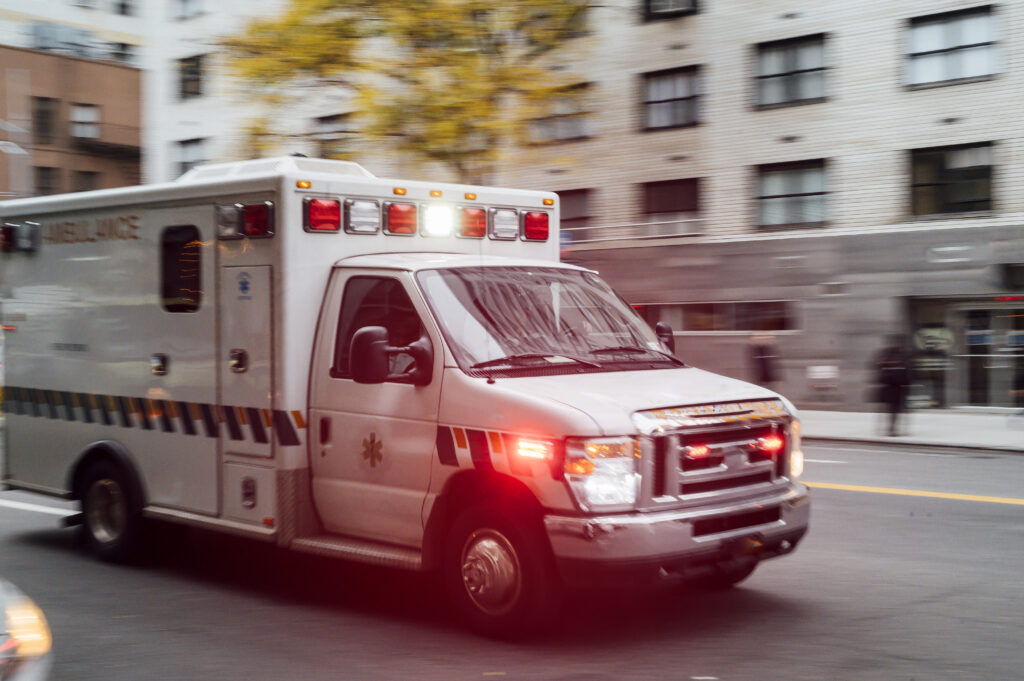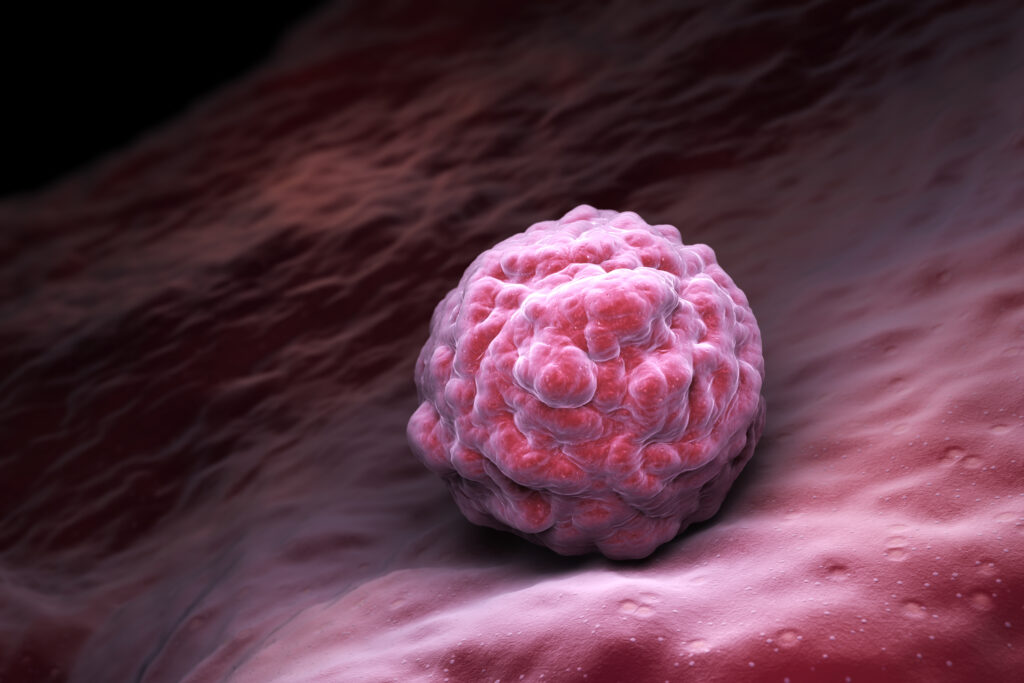
A stroke, also called a cerebrovascular accident or a brain attack, happens when the blood flow to a part of the brain is interrupted. Without blood supply, the affected part of the brain does not receive enough oxygen and starts to die. Death of cells in an area of the brain can lead to a permanent or temporary loss of functions that area once controlled. The long-term effects of a stroke depend on how many cells die and in which area of the brain. Severe effects can include paralysis, loss of speech, or loss of bladder and bowel control. To limit the damage from a stroke, it is critical to get medical help as soon as possible by calling 911.
In the US, about 795,000 people have a stroke every year. Strokes are a leading cause of death, accounting for over 140,000 deaths a year. They are also a leading cause of disability.
Types of strokes
There are two main types of strokes.
1. Ischemic stroke
Ischemic strokes are the most common types of strokes. The cause of such strokes is a partial or complete blockage in the arteries that take the blood to the brain. The blockage can happen due to a blood clot or a build-up of other materials such as fat deposits, plaques (atherosclerosis), and other debris.
Symptoms of an ischemic stroke include:
- Sudden weakness or numbness of the face, arm, or leg which may be more pronounced on one side of the body
- Sudden confusion
- Sudden difficulty with speech
- Sudden inability to understand speech
- Sudden inability to see with one or both eyes
- Sudden dizziness, loss of balance and coordination, or difficulty walking
- Sudden severe headache
Not all symptoms may be felt by everyone, and symptoms could come and go. Women may feel additional symptoms such as hiccups, nausea, chest pain, and shortness of breath.
2. Hemorrhagic stroke
Hemorrhagic strokes happen when a weakened blood vessel in the brain ruptures or leaks. The resulting bleeding in the brain (called a hemorrhage) compresses the surrounding brain tissue.
While hemorrhagic strokes constitute only 8-15% of all strokes, they are typically more serious and have worse outcomes. Early treatment is necessary as the hemorrhage can expand rapidly and cause neurological dysfunction.
There are two subtypes of hemorrhagic strokes.
- Strokes due to intracerebral hemorrhage. These occur when there is bleeding in the brain parenchyma, the bulk of the brain that contains the gray and white matter.
- Strokes due to subarachnoid hemorrhage. These occur when there is bleeding in the subarachnoid space. The subarachnoid space in the brain and spinal cord consists of the cerebrospinal fluid, major blood vessels, and cisterns.
Symptoms of hemorrhagic strokes include:
- Sudden and severe headache
- Sudden difficulty with communication including speaking, understanding spoken words, reading, and writing
- One-sided muscle weakness
- Facial palsy (muscle weakness on one side of the face)
- Vomiting
- Neck stiffness
- Increase in blood pressure
- Seizures
- Photophobia
- Coma, etc.
Specific symptoms can be indicative of the part of the brain that is impacted by the hemorrhage.
Transient ischemic attack
A transient ischemic attack (TIA) is a mini-stroke that only lasts a few minutes. It happens due to a small blockage in an artery to the brain but the brain quickly gets its blood supply back, resulting in no long-term adverse effects. However, a TIA is still a medical emergency requiring immediate medical intervention because it could portend a bigger stroke.
Symptoms of TIA include:
- Numbness or weakness in the face, arm, or leg, especially on one side.
- Confusion, difficulty in talking or understanding speech.
- Trouble seeing in one or both eyes
- Loss of balance and coordination and trouble walking
- Dizziness
Stroke risk factors
Ischemic stroke risk factors
- Uncontrolled hypertension (high blood pressure)
- Diabetes
- Atherosclerosis (buildup of plaque in the arteries) and carotid artery disease
- Atrial fibrillation
- Unhealthy cholesterol levels
- Lack of exercise
- Being overweight or obese.
- Poor diet
- Cigarette smoking
- Pregnancy and postpartum stage
- Older age (over 55 years of age)
- A history of having TIAs
Hemorrhagic stroke risk factors
- Uncontrolled hypertension (high blood pressure)
- Cigarette smoking
- Moderate to heavy alcohol consumption including chronic alcoholism
- Abusing drugs such as cocaine, heroin, amphetamine, ephedrine, and phenylpropanolamine
- Chronic liver disease
- Cerebral microbleeds (CMBs) associated with diabetes, high blood pressure, and cigarette smoking
- Brain tumors such as glioblastoma, lymphoma, meningioma, pituitary adenoma, and hemangioblastoma.
- Older age (over 55 years of age)
- Male sex
TIA risk factors
- High blood pressure
- Heart disease
- Atherosclerosis (buildup of plaque in the arteries) and carotid artery disease
- Diabetes
- Heavy use of alcohol
- Cigarette smoking

Act FAST, every minute counts
When someone is having a stroke or even TIA, every minute is precious. Medical assistance should be sought immediately because damage to the brain during the stroke may not be reversible.
When you suspect you or someone else is having a stroke, call 911 and request an ambulance immediately, as the medical personnel in the ambulance can start providing lifesaving relief on the way to the hospital.
The FAST test can help guide you to determine if someone is having a stroke.
F- Face drooping. Is the face drooping on one side? If the person smiles, does the smile look uneven? Face drooping on one side is a sign of a stroke.
A- Arm weakness. Does one of their arms feel weak or numb? Ask the person to raise both arms at the same time. Does one of the arms drift downwards? That can be a sign of a stroke.
S- Speech difficulty. Ask the person to repeat a simple phrase. Do they understand you, and does their speech sound strange or slurred? During a stroke, people can have difficulty speaking and understanding what others are saying.
T- Time to call 911. Call an ambulance right away. Early intervention is critical to stop brain damage.
The information provided in our blog posts is for informational purposes only and is not intended as a substitute for professional medical advice, diagnosis, or treatment. Always seek the advice of your physician or other qualified health provider with any questions you may have regarding a medical condition. Never disregard professional medical advice or delay in seeking it because of something you have read on this blog.
 Why are cancer cells immortal?
Prev post
Why are cancer cells immortal?
Prev post





